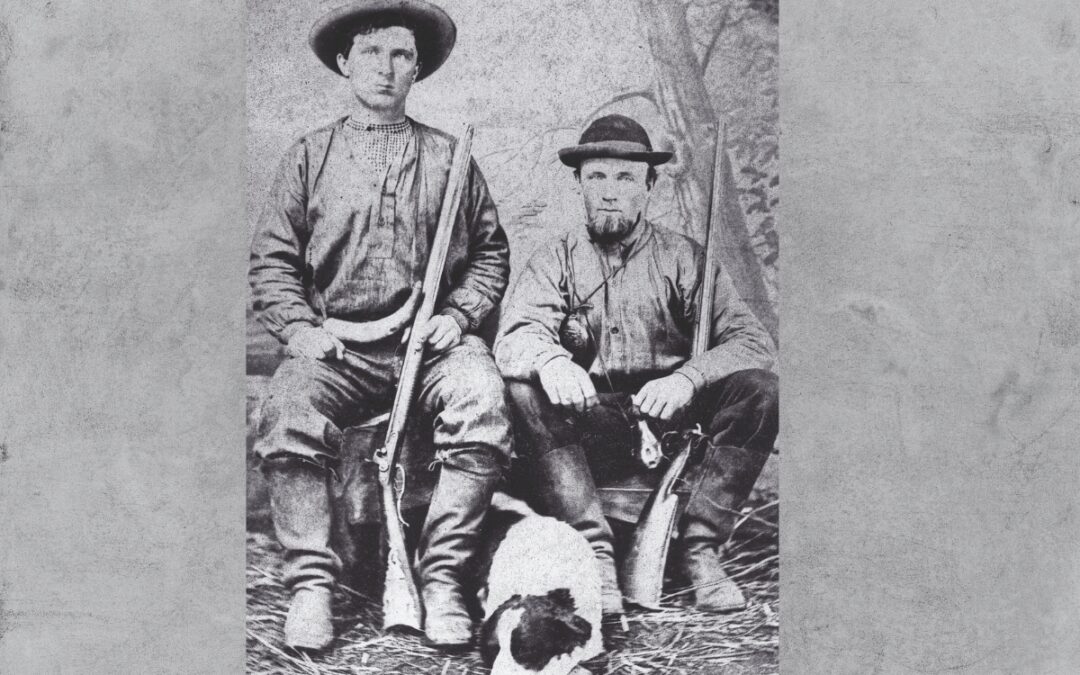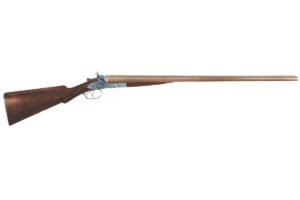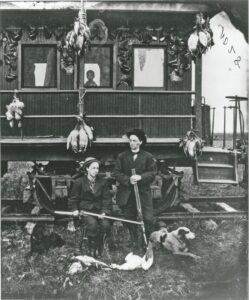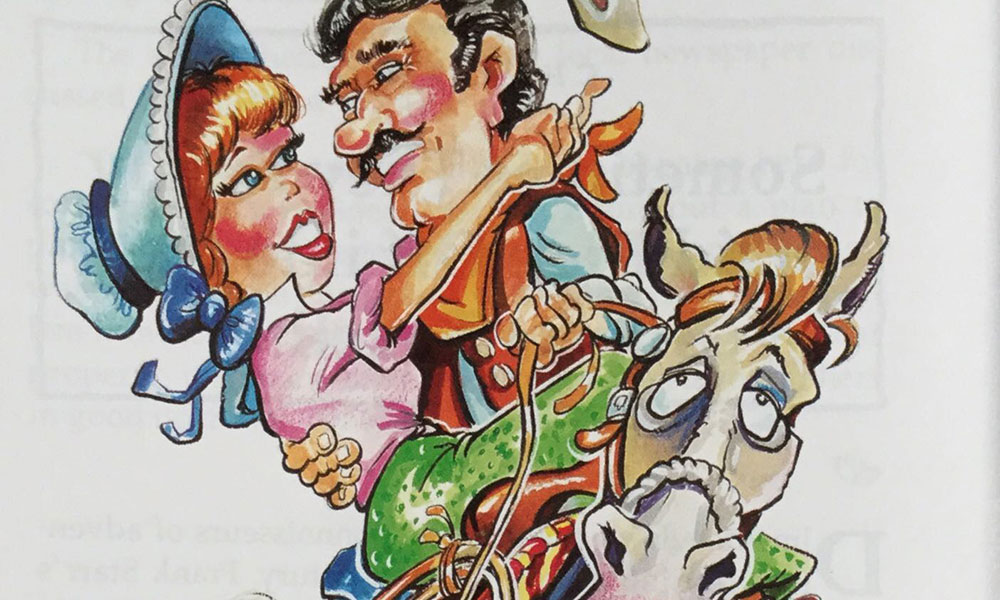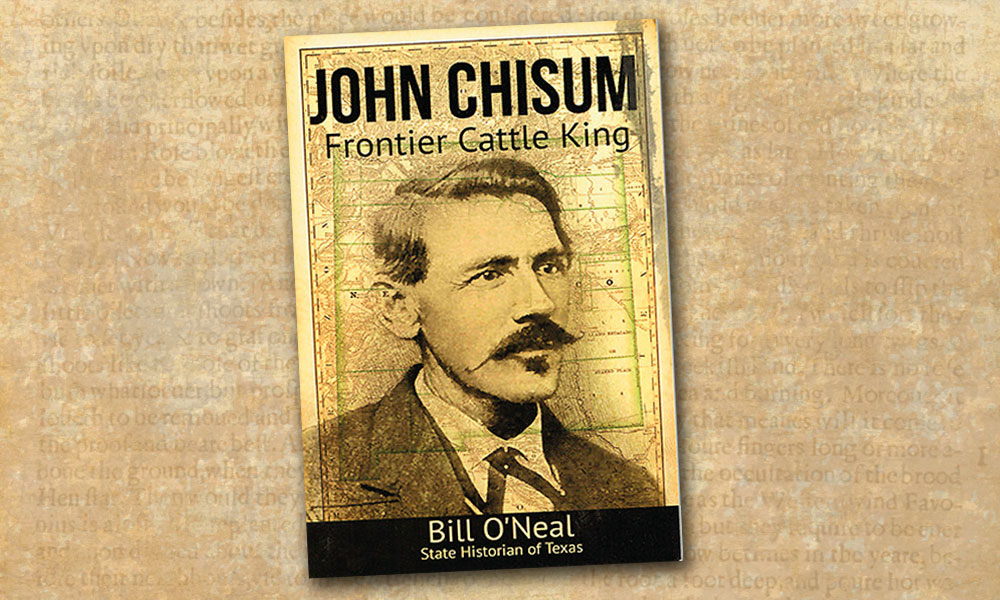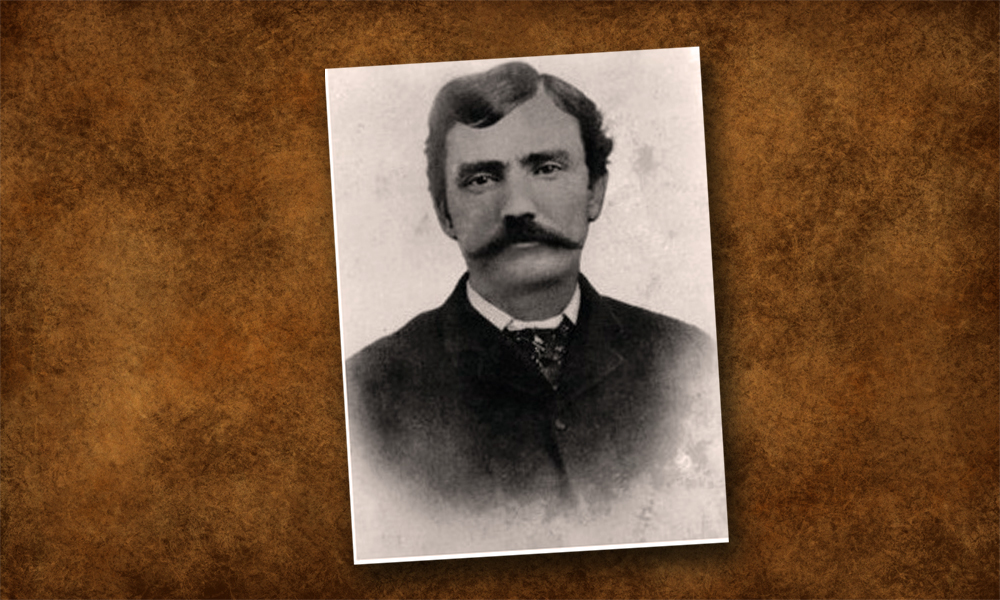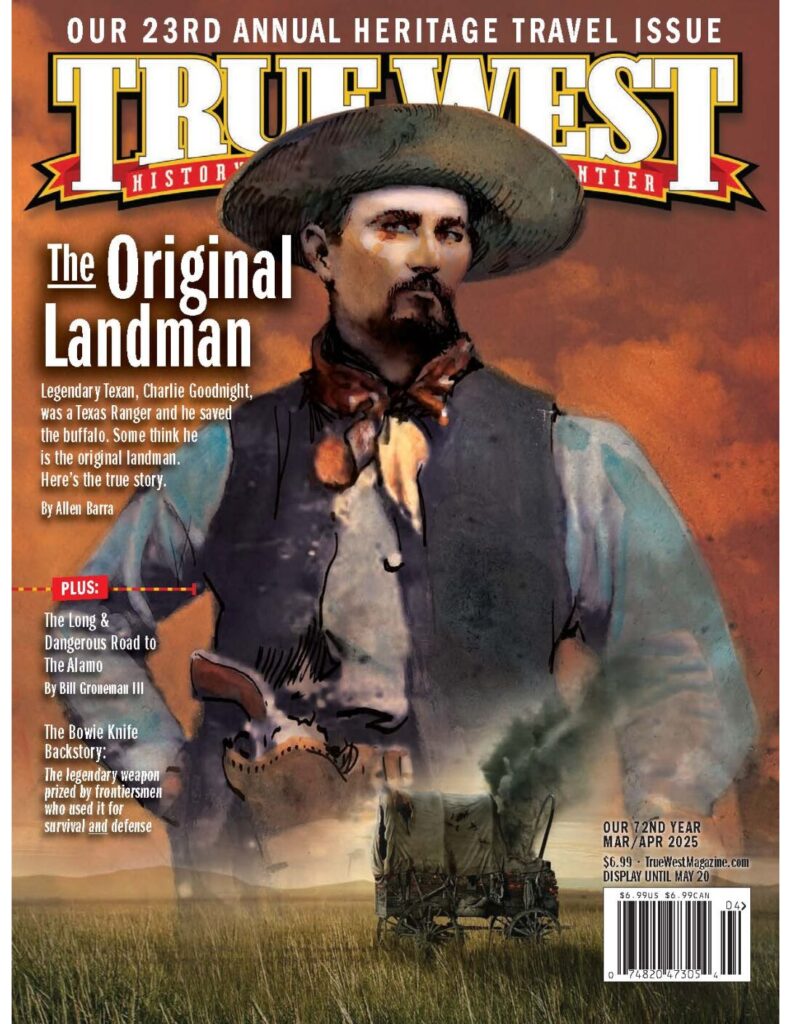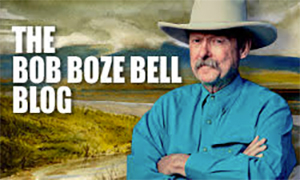The single best and most economical arm for hunting and defense in the Wild West was the double-barreled shotgun.
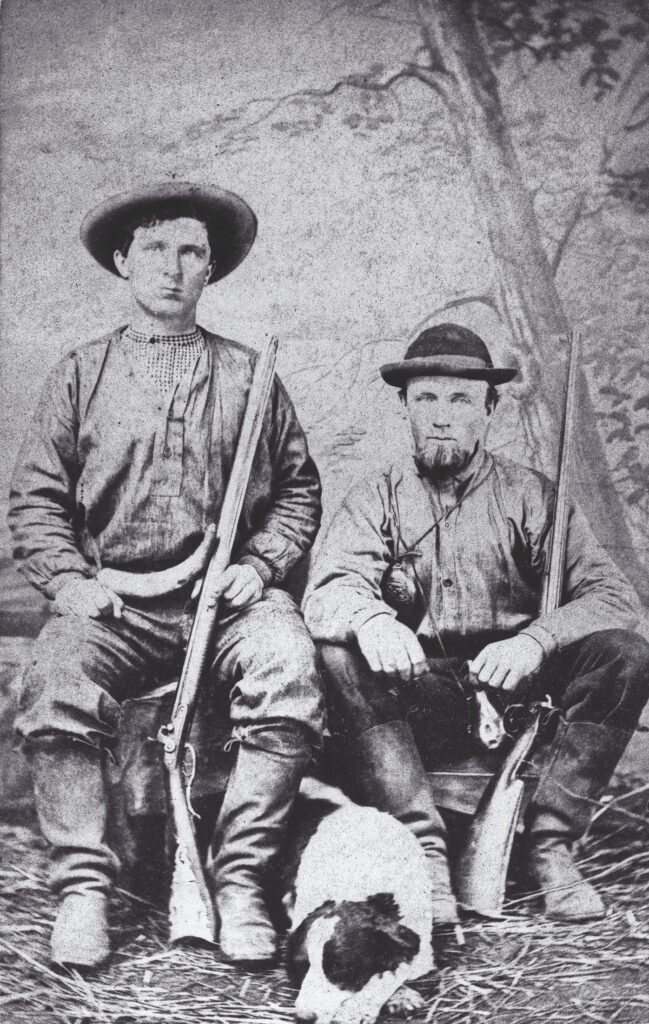
At the sign of trouble, the mere sight of a shotgun ready for business is more threatening than almost any other arm. As one stagecoach driver was quoted in Bodie, California’s Standard on July 20, 1881 said, “I have had a six-shooter pulled on me across a faro table; I have proved that the hilt of a dirk can’t go between two of my ribs;…but I was never really surprised until I looked down the muzzle of a double-barreled shotgun in the hands of a road agent. Why my friend, the mouth of the Sutro tunnel is like a nailhole in the Palace Hotel compared to a shotgun.” Despite often being relegated to the less than glorious position of an “also ran,” in discussions of the most popular guns of the Old West, the double-barreled scattergun was often the frontiersman’s hands-down favored firearm. In the age of muzzleloading flintlocks and percussion guns, many early Western adventurers found there were often occasions where their trusty rifle just couldn’t do what was required. One traveler in the pre-Civil War West reflected on a situation if a shotgun would have served him better than his rifle. After sighting a flock of curlews at a waterhole, he later wrote “…had I been in possession of a double-barreled gun with small shot I would have had at least one good meal, but I only had a heavy rifle, and went to my lodgings on the ground supperless.”
Early explorers frequently relied on shotguns for small game. The members of Lewis and Clark’s expedition carried their issue Model 1795 flintlock muskets loaded with shot for such purposes, while their privately employed French- Canadian boatmen favored lightweight smoothbore “fuzees.” Single-barreled like the regulation musket of the Americans, they could fire a solitary ball or a charge of shot. During the fur trade, smoothbore muskets loaded with powder and shot, and shotguns including some double-barreled guns, were relied on with regularity for uses such as defense of the trading post and night guard duty in backcountry camps. Even the military, which in those days was slow to pick up on the latest in firearms technology, realized the value of the shotgun and in the years preceding the Civil War¸ often issued loads of buck and ball for use in the regulation smoothbore muskets. Regardless, officers were relying on civilian double-barreled scatterguns during their tour of duty out West. One such professional, an officer in the Regiment of Mounted Rifles, recalled a hunting foray around 1850 when in search of birds for the camp table he ventured alone into a canyon in Indian country. He loaded one barrel with No. 6 shot, while the “other held nine buckshot for Indians.”

